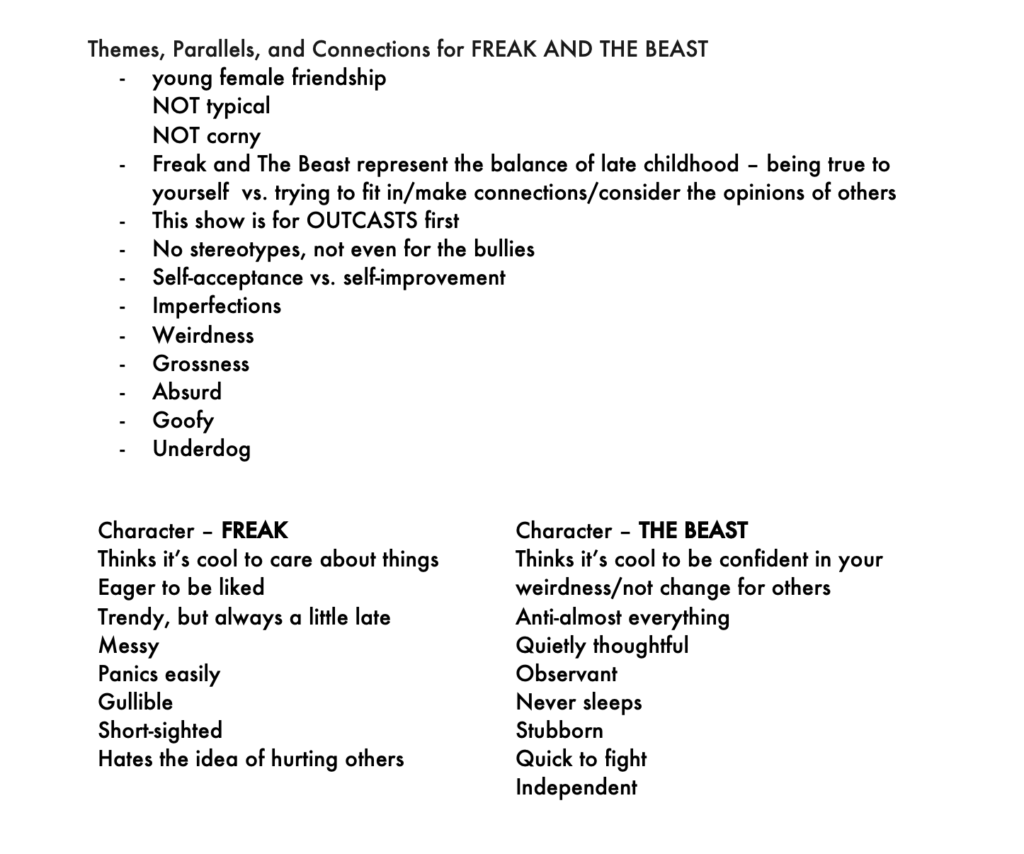This past week I have been looking over two similar but entirely different Imagineer focused books as well as listening to the “Imagineer Podcast,” all of which I have found to be incredibly inspiring material. When
I originally dreamed up my water screen project, the frame of the screen was just a necessary piece of the puzzle but secondary to the actual film
I planned to project onto the screen. After completing this weeks research I realized how every piece of the puzzle is equally important. What makes an Imagineer an Imagineer is that not one detail in the storyline is lost. What makes Disney World a World rather than a simple theme park is the storytelling at every angle. I remember a specific scenario pointed out in one of the Imagineer books where the author mentions the Disney Cruise Line and the entire pool area was built to tell a story about Donald and his three nephews. It was observing this type of attention to detail that caused me to want to push my project into more of a full room type experience. I plan to incorporate objects into the room such as a 5 galloon jerrycan (what residents living in Swaziland have to carry whenever they set out to get water) and leaving out a water bottle filled with dirty water to push the Thirst Projects “Dirty Little Secret” Campaign. I have also considered researching patterns that are relative to the water crisis and using the laser cutter to burn them into my water screen frame.
Another type of research I experienced this week was conversational with Professor Lorna Frizell in the Communications Department. Professor Frizell and I talked through my project for at least an hour. I had always thought my film would be completely documentary style but Professor Frizell offered a different idea where the video is taking place in a future world without any access to clean water. I suddenly imagined a new film where I tie to the two worlds together. I begin the film with a post clean-water world and open with an introduction to how awful this type of world would be (to what lengths will people go to access clean water?) and later on transition to where we are now and how this is where we could end up if we don’t do something. I plan to use some statistical graphics as well as morph comparison shots between here/places like Swaziland to emphasize the need for action. For example, I think beginning a shot with someone living in the United States splashing some water in their face to wake up fading into a shot of someone sifting through orange waters to try to find a clean area would be extremely powerful. Professor Frizell also opened my mind to the Flint Michigan water crisis and helped me realize that this is an issue that is currently growing at a rapid pace not just outside our country but also fairly close.
Lastly, I completed some on field research when I received wood shop training with Andy on the bottom floor of the AIMM building. I had the opportunity to use each machine in our wood shop while training and have spoken with Andy about using the area to work on my frame for the next few weeks.
Long way to go but progress is progress !
